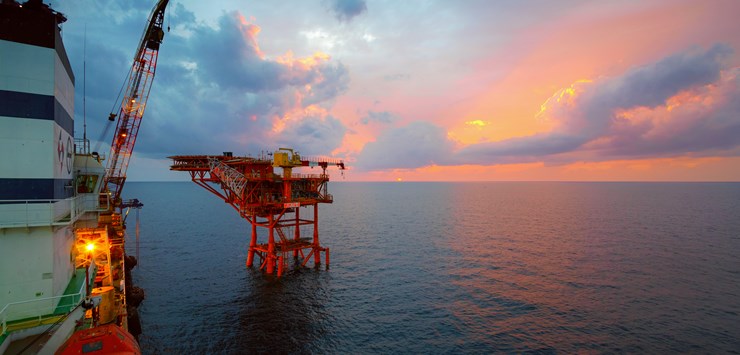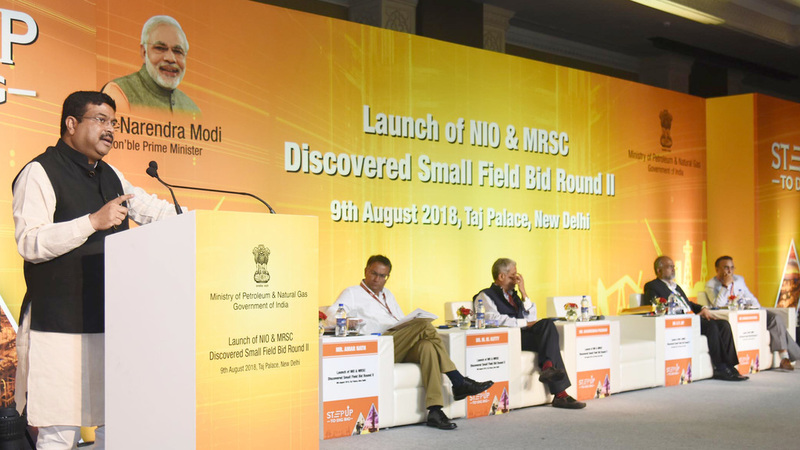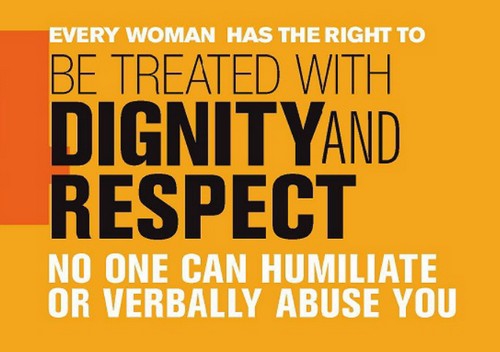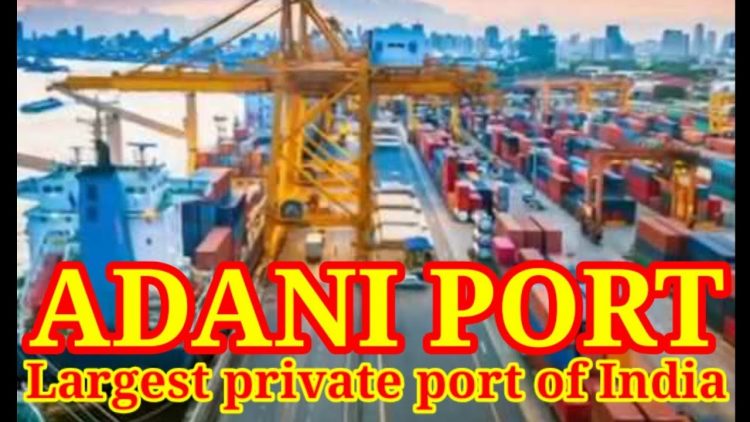Indian Government has set a target of cutting oil import bill by 10 per cent to 67 per cent by 2022 and to half by 2030.
But Import dependence has increased since 2015 after set of target. India currently imports 81 per cent of its oil needs.
BJP Government under Prime Minister Modi had in July 2017 allowed companies to carve out hydrocarbon blocks of their choice with a view to bringing about 2.8 million sq km of unexplored area in the country under exploration.
Under this policy, companies are allowed to put in an expression of interest (EoI) for prospecting of oil and gas in an area that is presently not under any production or exploration license. The EoIs can be put in any time of the year but they are accumulated twice annually.
As many as 55 blocks were sought for prospecting of oil and gas by prospective bidders, mostly by state-owned explorers, ONGC and OIL, and private sector Vedanta by the end of the first EoI cycle on November 15, 2017. These blocks were then offered for bidding and winners signed PSC on Monday.
The 55 blocks hold an estimated Rs 1.45 lakh crore worth of hydrocarbon resources. The 55 blocks have a total area of 59,282 sq km. This compares to about 1,02,000 sq km being under exploration currently official figures say
As the opposition charged Rafale scam echoing around neither local Reliance Industries nor any foreign company participated in the auction, a first since India began offering oil and gas area for exploration and production through bids in 1999.
- The private player London stock exchange listed Vedanta walked away with 41 out of 55 oil and gas exploration blocks offered in OALP-1, contracts for which were signed at a function here Monday.
- Where as State-owned Oil India won nine blocks, while Oil and Natural Gas Corp managed to win just two.
- State gas utility GAIL, upstream arm of Bharat Petroleum Corp Ltd and Hindustan Oil Exploration Co (HOEC) received one block each.
“We have received firm investment commitment of over Rs 5,900 crore in the 55 OALP-I blocks,” Pradhan said the Production Sharing Contract (PSC) signing ceremony. “We got an investment commitment of Rs 700-800 crore in (the separate auction of) Discovered Small Field (DSF)-I round,” Pradhan said adding investments have been also incentivised in enhanced and improved oil recovery projects that will boost output from existing fields.
At the close of the bidding on May 2, ONGC had bid for 37 blocks either on its own or in consortium with other state-owned firms. OIL bid for 22 blocks in a similar fashion.

Vedanta was the sole bidder for two blocks and had either ONGC or OIC as a direct competitor in the remaining. But it is unclear why Indian oil giants ONGC , OIC failed to bid for all 55 hydrocarbon blocks
During May 2018 in Tuticorin agitation against Pollution making copper Sterlite plant that killed 13 persons using high end military rifles in Tamilnadu is run Vedanta, which had now put in bids for all the 55 blocks, will invest USD 551 million in the 41 blocks it won under OALP-1, its CEO Sudhir Mathur said.
Except for the two blocks that received three bids each, all the other 53 had just two bidders.
The blocks or areas that receive EoIs at the end of a cycle are put up for auction with the originator or the firm that originally selected the area getting a five-mark advantage.
The new policy replaced the old system of government carving out areas and bidding them out. It guarantees marketing and pricing freedom and moves away from production sharing model of previous rounds to a revenue-sharing model, where companies offering the maximum share of oil and gas to the government are awarded the block.
But ONGC and OIC are government navaratnas that has been allotted a mere 9 out of 55 blocks that is 16.4% whereas remaining 84.6% that is 44 out of blocks given to Vedanta
Officials in ONGC and IOC who don’t want to be named said It is unclear why Indian oil giants failed to bid for all 55 hydrocarbon blocks
Oil Secretary M M Kutty also said the second round of OALP, featuring 14 blocks, would be launched soon. Of the 14 blocks, four blocks in the Mahanadi basin have been identified by the Directorate General of Hydrocarbons (DGH) and the remaining by explorers, he said.
So far, 256 blocks had been offered for exploration and production since 2000. But the production figure yet to be made known and why this has not helped Indian Government to meet the set target of cutting oil import bill by 10 per cent to 67 per cent by 2022 and to half by 2030 is a point to ponder .









